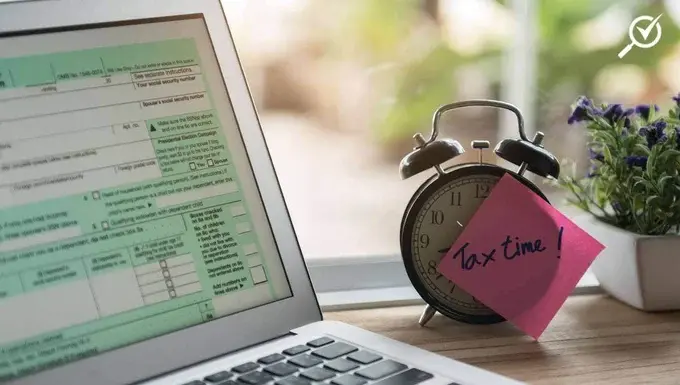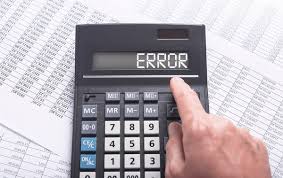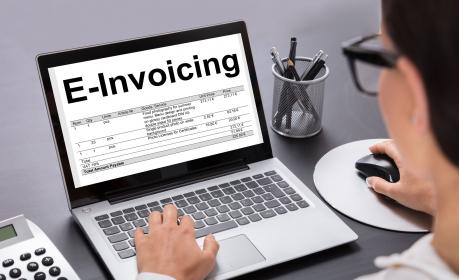Introduction to E-Invoicing
E-invoicing is the digital process of creating and storing invoices, validated by LHDN to ensure compliance. It reduces errors, improves transparency, and supports Malaysia’s mandatory adoption.
Beyond sending bills, it requires staff training, system integration, and strict compliance. Early adopters enjoy faster payments, smoother cash flow, and accurate records, while delays risk fines and disruptions.

What is LHDN?
LHDN stands for Lembaga Hasil Dalam Negeri Malaysia (Inland Revenue Board of Malaysia – IRBM). It’s the government agency responsible for collecting taxes in Malaysia.
Main role of LHDN: Manage, enforce, and ensure compliance with tax laws.
Types of taxes covered:
- Income tax
- Petroleum tax
- Real property gains tax
- E-Invoicing
Common Issues Businesses Face with LHDN

Late Tax Filing
Many businesses, especially SMEs, miss tax submission deadlines due to poor planning or lack of awareness. This often results in costly penalties and unnecessary stress during tax season.

Complex Tax Regulations
Malaysia’s tax rules are frequently updated, and keeping up with new requirements like e-invoicing can be overwhelming. Without proper guidance, businesses risk unintentional non-compliance.

Incorrect Tax Calculation
Errors in calculating taxable income, allowable deductions, or expenses are common. Even small mistakes can lead to underpayment or overpayment, both of which may trigger LHDN scrutiny.

Insufficient Record-Keeping
Some companies fail to maintain organized financial records such as invoices, receipts, and contracts. This lack of documentation makes audits challenging and raises red flags with LHDN.

Misunderstanding of Tax Incentives
Malaysia offers various tax reliefs, exemptions, and incentives for businesses, but many remain underutilized. Companies lose out on potential savings simply because they are unaware of these benefits.
Tips to Handle LHDN Challenges
- Maintain accurate and organized financial records (invoices, receipts, payment slips).
- Stay updated with tax regulations and deadlines (via official updates, webinars, or tax professionals).
- Plan ahead for tax payments by setting aside revenue monthly to avoid cash flow strain.
- Utilize available tax incentives and exemptions to reduce financial burden.
- Engage certified tax consultants or accountants for proper guidance and smoother dealings with LHDN.
Benefits of Staying Compliant with LHDN
- Improve access to financial opportunities such as loans and investors.
- Support business expansion with clean financial records.
- Enjoy government tax incentives, rebates, and reliefs.
- Reduce overall tax liability and boost profitability.
- Unlock opportunities for growth and long-term success.
Conclusion

E-invoicing goes beyond replacing paper invoices—it is a transformative step toward modernizing business operations. By adopting it early, businesses can enjoy faster payments, improved cash flow, and accurate records while reducing risks of penalties and disruptions. With proper training, system integration, and compliance, e-invoicing not only streamlines financial processes but also builds trust, efficiency, and long-term growth opportunities.
E-Invoicing is the digital process of generating, validating, sending, and storing invoices through an electronic platform in compliance with LHDN’s requirements.
It ensures compliance with tax laws, reduces human errors, improves transparency, speeds up payment cycles, and supports Malaysia’s shift to mandatory digital invoicing.
All businesses in Malaysia, regardless of size or industry, are expected to adopt e-Invoicing according to the phased timeline set by LHDN.
From Basics to Compliance: E-Invoice Training Every Business Needs